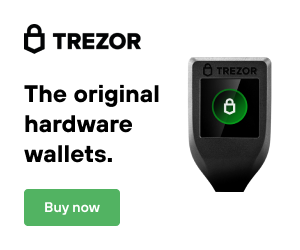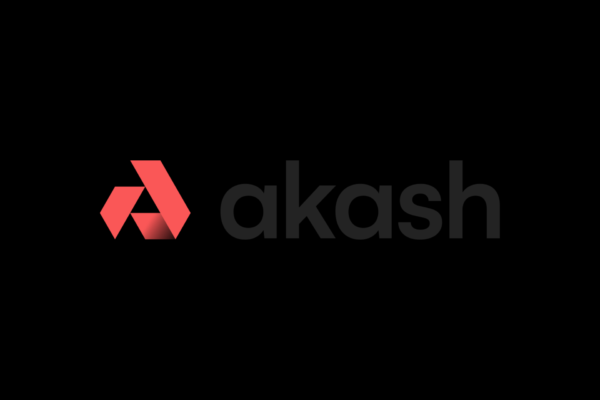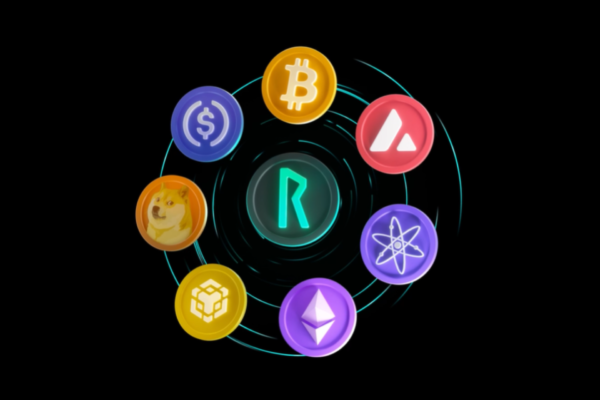“Tokenomics” is a relatively new buzzword that you may have heard recently. Simply stated, it is the monetary policy of a given crypto token.
Tokenomics addresses token distribution, incentives for holders, and token release schedules [1]. Tokenomics also includes governance, which is the ability of token holders to vote based on how much of the token they own. When a token is created, one of the first things an interested investor should read is the whitepaper. Whitepapers describe use cases, roadmaps, and tokenomics.
The first and perhaps most initially important area of tokenomics is the planned token distribution for the asset in question. Favorable distributions allocate less of the overall supply to private investors and development teams, and more for rewards to holders, liquidity, and treasury funds. The below chart is an example of a favorable allocation, private investors only see 8% of the funds while the team allocation remains low. The public round is more weighted, and the biggest allocation goes to future rewards and incentives. Initial liquidity should always be addressed as these are the tokens available for free trade the day a token launches. A healthy initial liquidity allocation will allow for better price stability.
Figure 1 above provides a 40% allocation to rewards for our example project. Rewards can include staking incentives along with airdrops of other tokens or prizes. Release schedules will affect price action, rewards, and private investor lock schedules. Token creators can decide lockup periods for the private investors who received the best prices early on. Cryptos on launch day sometimes go up 20-50x from the initial investment round price. Public round investors get the second-best price, and this schedule is also decided by the team. A common method to prevent private investors from dumping the price involves release schedules spread out over several months with a lockup period.
Most allocations do not look like the examples shown. Private investors generally take up a much larger portion initially because they provide the capital to get the projects started. Any public investor that is lucky enough to get in early can on occasion make a lot of money quickly based on whitelist lotteries and launchpads.

Total supply is another aspect reviewed within the tokenomics of a project. Generally, limited supplies are favorable as seen with Bitcoin and Cardano. This generally behaves counter to fiat currency, since most fiat currencies continue to be printed. In short, there is rarely if ever a shortage of fiat. As an example, $100 had more purchasing power 20 years ago than it does now. Since there is an ever-increasing amount of fiat currency, the purchasing power erodes over time. Bitcoin will only ever consist of approximately 21 million tokens, with approximately 20% still to be mined. Once all Bitcoin tokens are mined, then buyers will compete for whatever is available on the open market. Combine this with Bitcoin tokens that have been lost over the years or will be lost in the future, and you can see how the value could increase over time. Total supply can impact the cost of each token. While Bitcoin might cost $40,000 each, Cardano is currently $1.35 each. However, Bitcoin has a total supply of 21 million tokens, and Cardano has a total supply of 45 billion tokens. As such, the competition to obtain Cardano is less, and the price is generally reflective of that. It is highly unlikely that Cardano tokens will reach the token price of Bitcoin. Also, many projects do not release the total supply all at once. Releasing too many tokens before adequate trading volume is realized can negatively affect price.
Tokenomics also includes many more complex matters, such as staking pools, how validators are selected, and the rewards parameters. The important part during early research is to know the market capitalization (discussed in our “Rekt” series), and potential price movement based on tokenomics. If a project is allocating a large percentage to private investors with minimal lockup, that will likely cause price dumps in the future, and stagnating price action. Private investors aside, releasing too many tokens in a short period of time can dilute the market. The key takeaway is that supply and demand rule the short term price action of any asset available for trade. Since supply highly varies based on tokenomics it is imperative. We will conclude with some bullet points from Coinmarketcap which can be used as a quick guide for evaluating a token [2].
Other important questions to answer include the following:
- How many coins or tokens currently exist?
- How many will exist in the future and when will they be created?
- Who owns the coins? Are there some set aside to be released in the future to developers?
- Is there any information to suggest that a large number of coins has been lost, burned, deleted or are somehow unusable?
[1] https://decrypt.co/resources/tokenomics
[2] https://coinmarketcap.com/alexandria/article/what-is-tokenomics
















